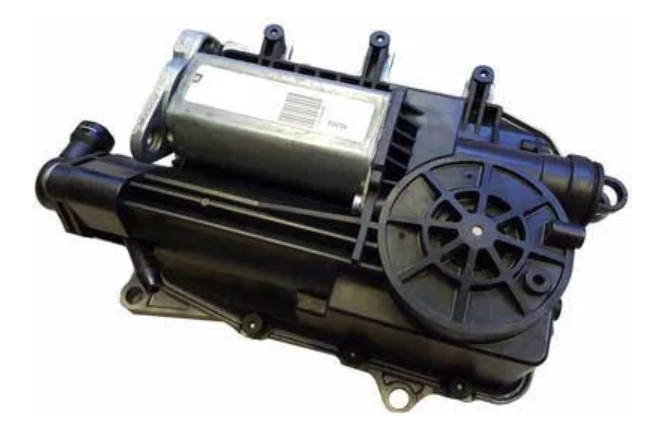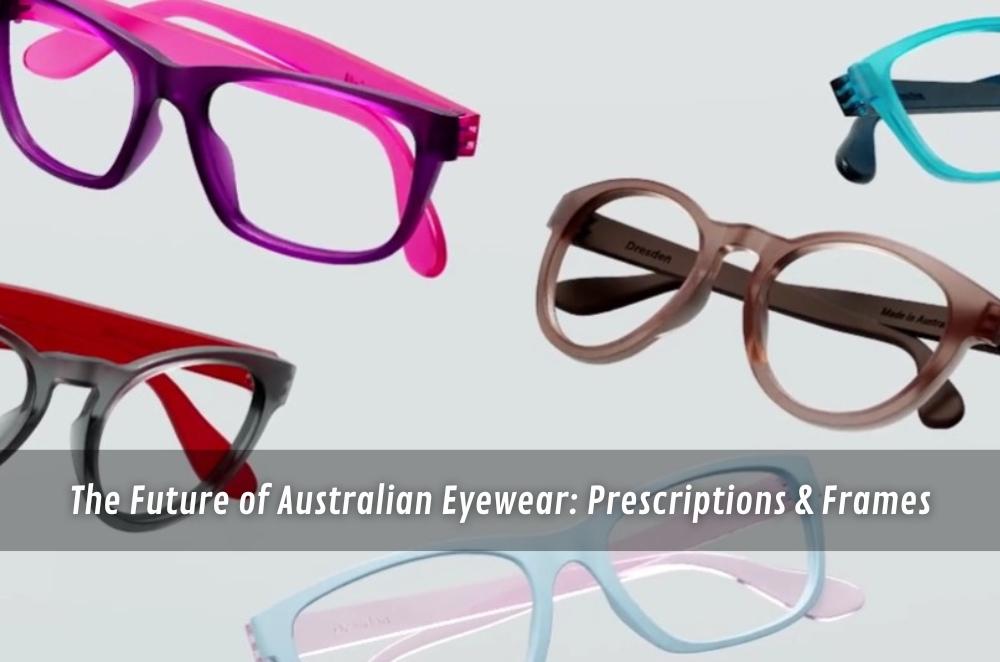Environmental Impact of the Honda Automatic Gearbox

Introduction
The automotive industry is in the middle of a transformation. Global concerns about climate change, carbon emissions, and energy efficiency are reshaping how vehicles are designed. One component that plays a major role in this shift is the Honda automatic gearbox. While gearboxes may not be the first part people think of when it comes to environmental impact, their design, efficiency, and durability directly influence fuel consumption, emissions, and overall sustainability.
This article explores the environmental impact of Honda’s automatic gearbox systems, how they contribute to greener mobility, and what the future holds for sustainable transmission technology.
The Role of the Gearbox in Vehicle Efficiency
A gearbox serves as the intermediary between the engine and the wheels. Its job is to ensure that power is transferred efficiently, allowing the engine to operate within its optimal performance range. The way a gearbox functions has direct consequences on:
-
Fuel consumption – An efficient gearbox minimizes wasted energy.
-
Emissions – Less fuel burned means fewer greenhouse gases.
-
Longevity of components – Reduced wear decreases the need for replacements and waste.
Honda’s engineering focus has been to design gearboxes that balance driving comfort with eco-friendly performance.
Honda Automatic Gearbox Types and Environmental Efficiency
Honda has developed several types of automatic gearboxes over the years, each with unique impacts on efficiency and sustainability.
1. Conventional Automatic Transmissions
-
Use hydraulic torque converters and planetary gear sets.
-
Earlier models were less fuel-efficient but have improved with electronic controls.
-
Modern versions reduce energy loss, offering better fuel economy.
2. Continuously Variable Transmissions (CVT)
-
Provide an infinite range of gear ratios, keeping the engine in its most efficient operating range.
-
CVTs significantly improve fuel efficiency in city and highway driving.
-
Reduced emissions due to smoother power delivery and lower RPM operation.
3. Dual-Clutch Transmissions (DCT)
-
Feature two clutches for fast, precise gear changes.
-
Minimize power loss, improving acceleration and efficiency.
-
Less common in Honda’s mainstream vehicles but contribute positively to environmental goals.
By optimizing gearbox technology, Honda reduces both fuel consumption and environmental footprint.
How Honda Gearboxes Reduce Emissions
-
Optimized Gear Ratios
Honda automatic gearboxes are tuned to keep the engine running at ideal RPMs, minimizing unnecessary fuel burning.
-
Advanced Transmission Control Modules (TCM)
Sensors and electronic systems adjust gear changes based on driving conditions, reducing energy waste.
-
Lightweight Materials
By using lighter alloys, the gearbox contributes to overall vehicle weight reduction, enhancing fuel efficiency.
-
Low-Friction Design
Internal components are designed to reduce friction, improving performance while cutting emissions.
Longevity and Sustainability
Environmental impact isn’t just about fuel and emissions. It’s also about how long a gearbox lasts. Honda designs its gearboxes for durability, which reduces the frequency of replacements and manufacturing-related emissions.
-
Extended Lifespan: A long-lasting gearbox means fewer resources are needed for production.
-
Recyclable Materials: Many parts can be recycled, lowering landfill waste.
-
Fewer Breakdowns: Reduced need for frequent servicing means fewer resources used for repairs.
Challenges in Reducing Environmental Impact
While Honda gearboxes are efficient, challenges remain:
-
Resource Extraction
Manufacturing gearboxes requires metals, alloys, and fluids, all of which have environmental costs.
-
Transmission Fluid
Used transmission fluid must be properly disposed of or recycled, otherwise it can harm ecosystems.
-
Driving Habits
Even the most advanced gearbox can’t overcome inefficient driving styles, such as aggressive acceleration.
-
Lifecycle Emissions
Gearbox production, shipping, and end-of-life disposal contribute to total environmental impact.
Honda Automatic Gearboxes in Hybrid and Electric Vehicles
The rise of hybrid and electric vehicles changes the conversation about environmental impact.
-
Hybrid Systems
Honda hybrids often use specially designed CVTs that integrate seamlessly with electric motors, maximizing efficiency and minimizing emissions.
-
Electric Vehicles (EVs)
Full EVs often don’t require traditional gearboxes, but Honda’s knowledge of efficient power transfer helps shape these designs for minimal energy loss.
This transition shows how Honda’s gearbox innovations contribute to the broader goal of sustainable transportation.
Comparing Honda Gearboxes Globally
Different regions of the world present unique environmental challenges.
-
Urban Areas: CVTs reduce emissions by handling stop-and-go traffic efficiently.
-
Highway Driving: Automatic gearboxes with overdrive gears lower RPMs, cutting fuel usage.
-
Developing Countries: Durable designs mean fewer replacements and less environmental waste.
Honda’s gearbox technology adapts to diverse global driving conditions while keeping sustainability in focus.
The Future of Environmentally Friendly Honda Gearboxes
As regulations tighten worldwide, Honda is likely to continue improving gearbox efficiency through:
-
Integration with AI systems that predict driving behavior and optimize power delivery.
-
Smarter lubricants that last longer and reduce waste.
-
Recyclable components to minimize landfill impact.
-
Collaboration with electric drivetrains, eventually phasing out traditional transmissions in favor of more energy-efficient solutions.
The company’s innovation trajectory suggests that gearboxes will continue to evolve with the environment in mind.
Practical Steps Drivers Can Take
Even with eco-friendly technology, driver habits matter. To minimize environmental impact with a Honda automatic gearbox:
-
Keep transmission fluid clean and changed on schedule.
-
Avoid unnecessary idling.
-
Accelerate smoothly instead of aggressively.
-
Maintain proper tire pressure to reduce strain on the transmission.
These small steps can significantly amplify the environmental benefits of Honda’s gearbox design.
Conclusion
The Honda automatic gearbox plays a critical role in reducing environmental impact by optimizing efficiency, minimizing emissions, and extending component lifespans. From CVT systems that deliver smooth and economical driving to hybrid-integrated gearboxes, Honda continues to refine its technology with sustainability in mind.
While challenges remain in terms of manufacturing and fluid waste, the future is promising. Drivers, too, can contribute by maintaining their gearboxes and adopting eco-friendly driving habits. If you suspect your gearbox isn’t performing as efficiently as it should, don’t wait—find a specialist near you to ensure it operates at peak condition, as many service providers offer eco-conscious maintenance and repair s







